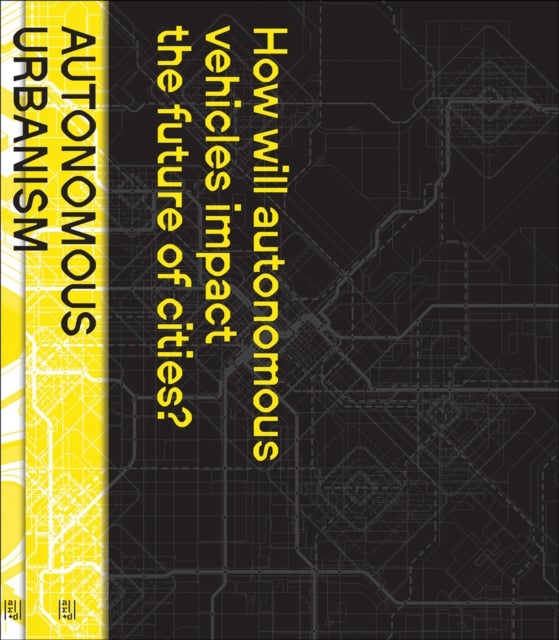
Autonomous Urbanism av Evan Shieh
429,-
<p>Automated vehicles (AVs) are beginning to appear on our roads. Their arrival represents the next disruptive technological innovation to our mobility systems. In a moment in which the contemporary conversation around driverless technology largely neglects its longer-term spatial implications, this book argues that AVs offer a major opportunity to rethink the design and evolution of our city¿s built environments ¿ with profound implications on urban life, infrastructure, and form since automobiles replaced horse-powered travel and changed the design of cities in the prior century. Driverless vehicles also carry with them however, the distinct risk to reinforce many of the negative externalities brought by 20th-century automobile-based urbanism including urban sprawl, mono-functional mobility infrastructures, traffic congestion, and environmental degradation. Instead, this book proposes a vision for our cities in which AVs have been used to spur a mobility paradigm shift from private a








